
Find Help
More Items From Ergsy search
-

What are the stages of testicular cancer?
Relevance: 100%
-

What is testicular cancer?
Relevance: 75%
-

What is testicular cancer?
Relevance: 75%
-
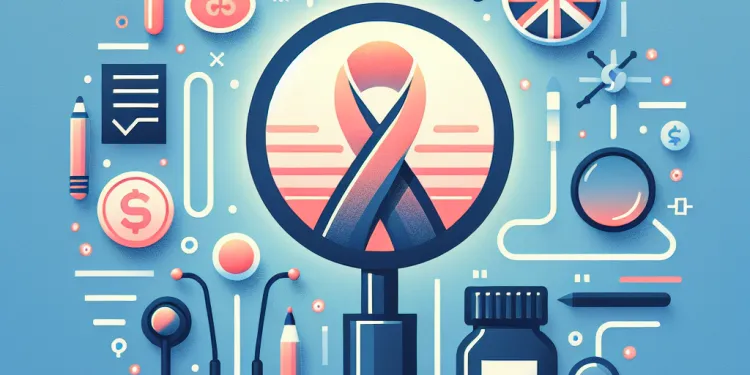
Is testicular cancer treatable?
Relevance: 75%
-

What is the survival rate for testicular cancer?
Relevance: 74%
-
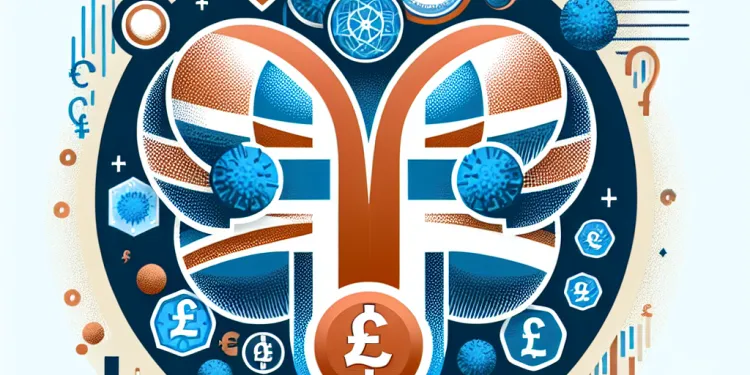
What is testicular cancer?
Relevance: 72%
-

Can testicular cancer spread to other parts of the body?
Relevance: 68%
-
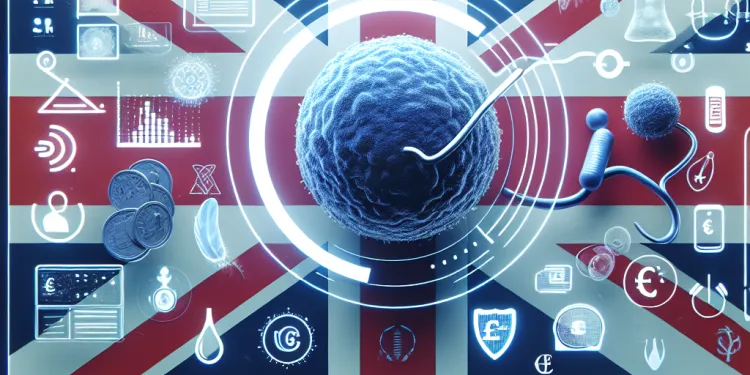
How is testicular cancer diagnosed?
Relevance: 67%
-

Can testicular cancer recur after treatment?
Relevance: 66%
-
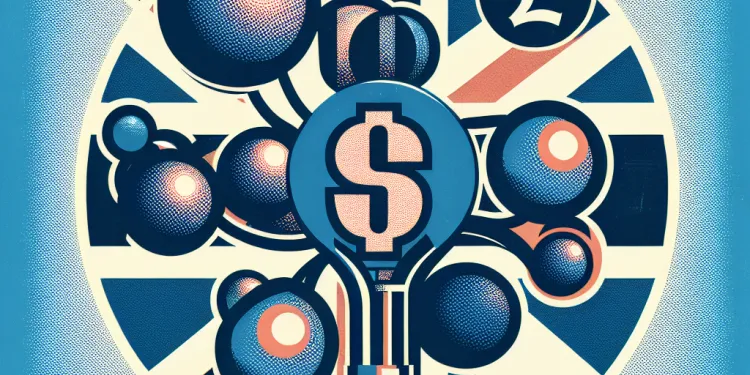
What types of treatments are available for testicular cancer?
Relevance: 65%
-
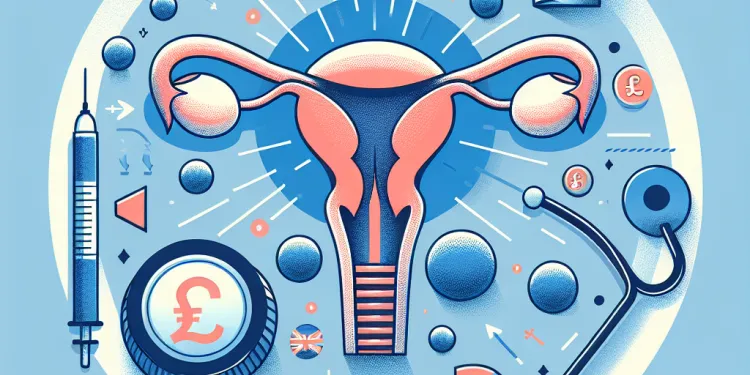
What are the symptoms of testicular cancer?
Relevance: 65%
-
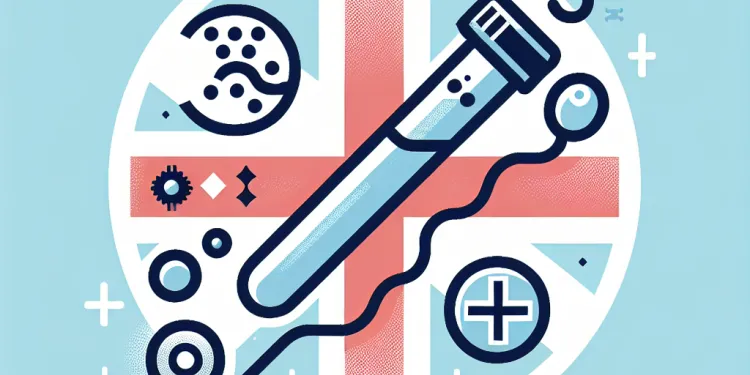
Is fertility affected by testicular cancer?
Relevance: 65%
-

How common is testicular cancer?
Relevance: 65%
-
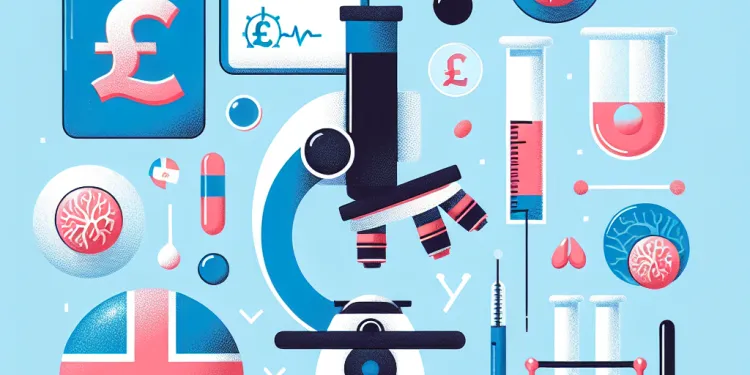
What causes testicular cancer?
Relevance: 64%
-

Who is at risk for testicular cancer?
Relevance: 64%
-
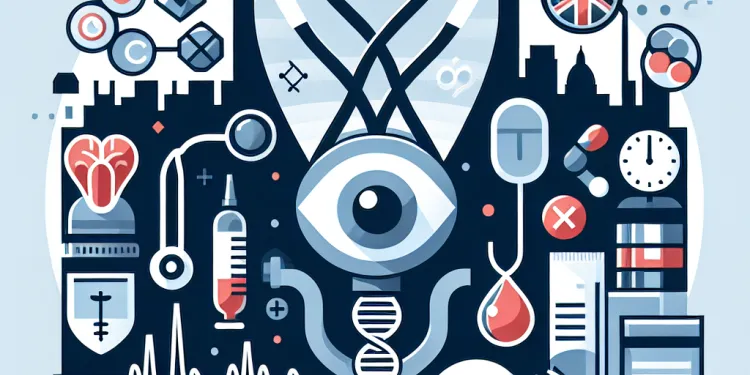
What role do tumor markers play in testicular cancer?
Relevance: 63%
-
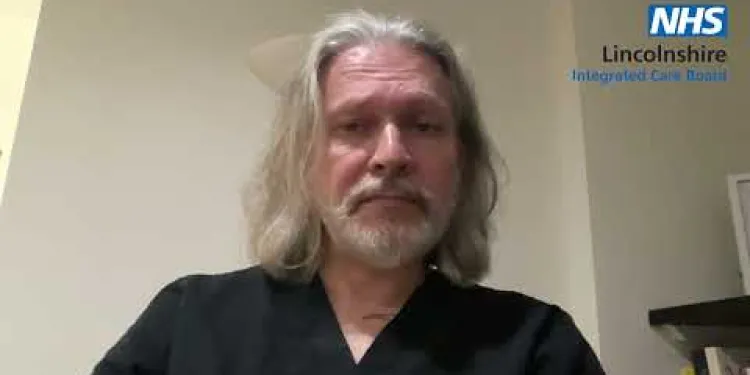
Getting to know your Testicles: Testicular Cancer Awareness with Dr James Howarth, Spilsby Surgery
Relevance: 61%
-

Are there support groups for those affected by testicular cancer?
Relevance: 59%
-
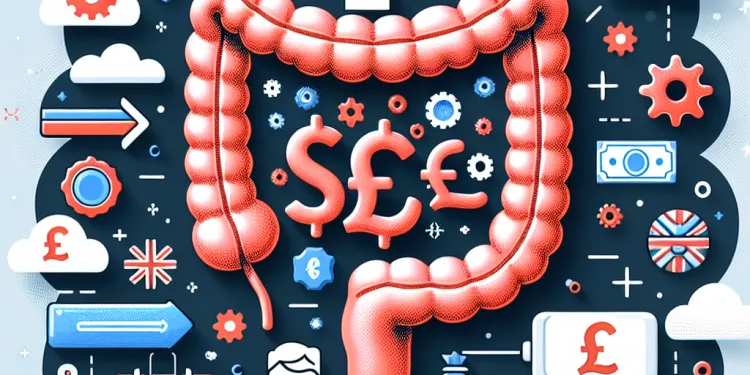
How is the stage of bowel cancer determined?
Relevance: 57%
-

Can lifestyle changes help prevent testicular cancer?
Relevance: 56%
-

How can I perform a testicular self-exam?
Relevance: 47%
-

When should I see a doctor about potential testicular cancer?
Relevance: 39%
-
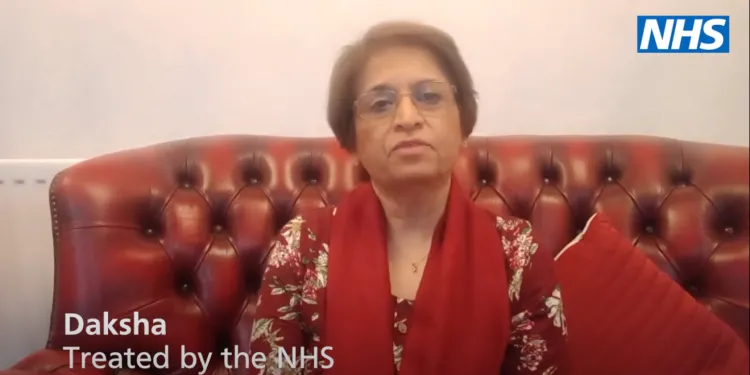
What is Cancer?
Relevance: 36%
-
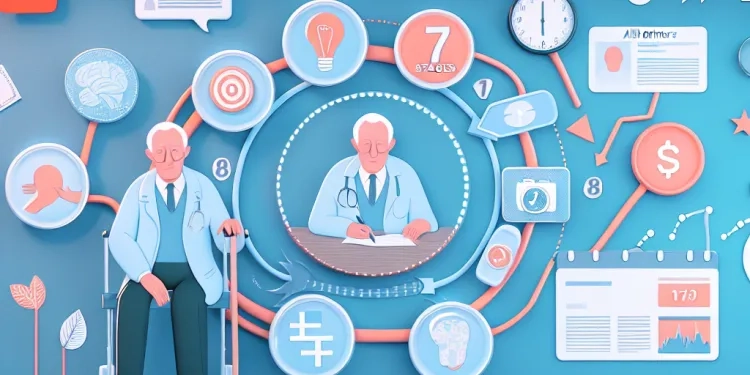
What are the stages of Alzheimer's disease?
Relevance: 35%
-

What is the survival rate for bowel cancer?
Relevance: 35%
-
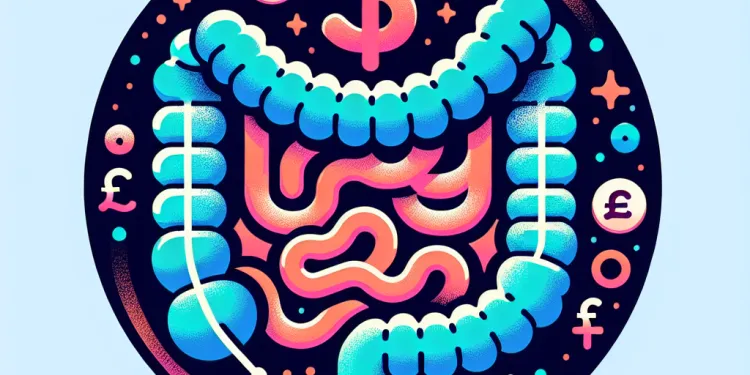
What is colorectal cancer?
Relevance: 34%
-

Stage One Paperwork | UK Adoption Journey
Relevance: 34%
-
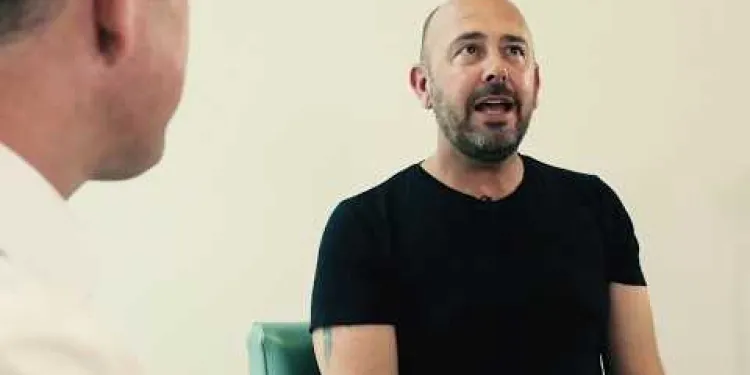
Living with early stage kidney disease
Relevance: 34%
-
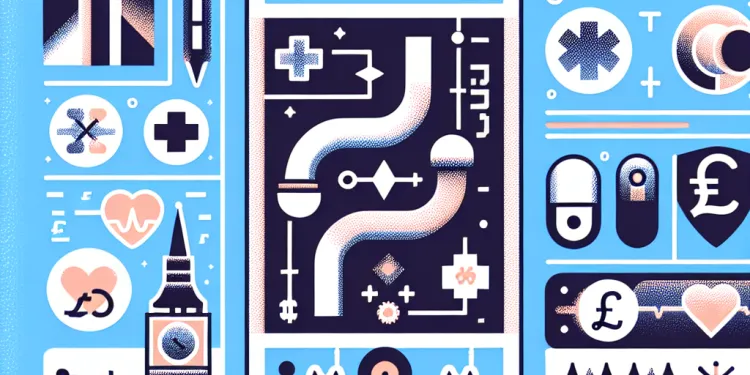
What is Pancreatic Cancer?
Relevance: 34%
-
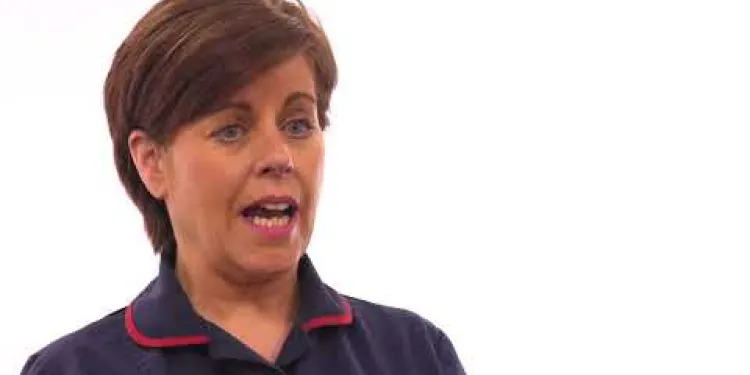
Endometrial Cancer
Relevance: 34%
-
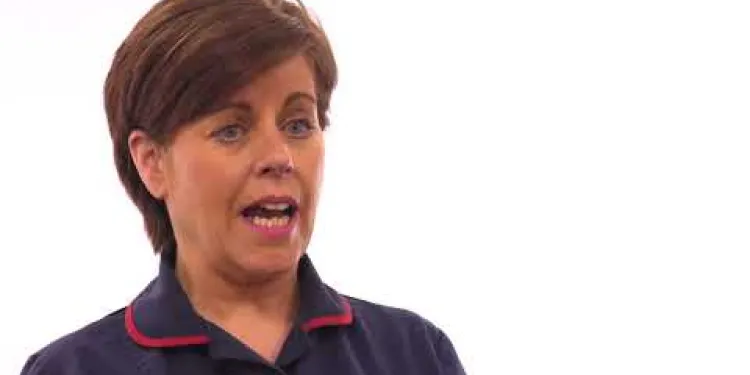
Endometrial Cancer
Relevance: 33%
-
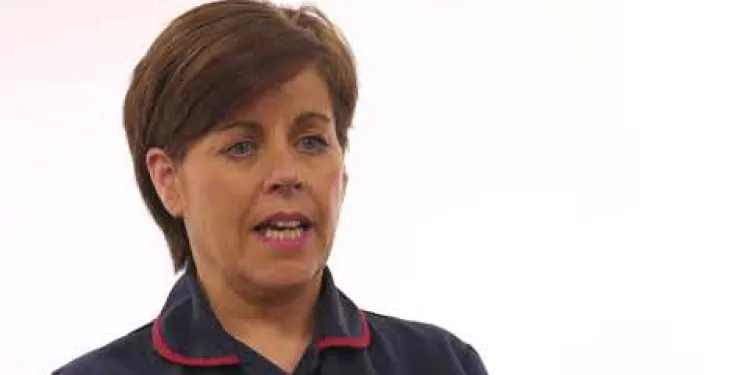
Ovarian Cancer
Relevance: 33%
-

Vaginal Cancer
Relevance: 32%
-

What factors determine the treatment plan for prostate cancer?
Relevance: 32%
-

What is a seminoma?
Relevance: 32%
-

What is Prostate Cancer?
Relevance: 31%
-
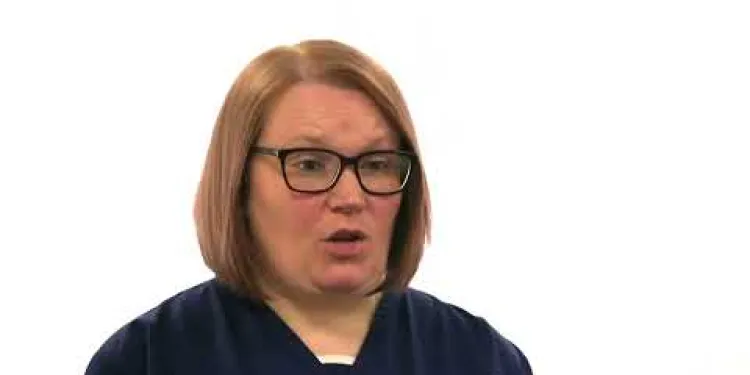
Vulval Cancer
Relevance: 31%
-
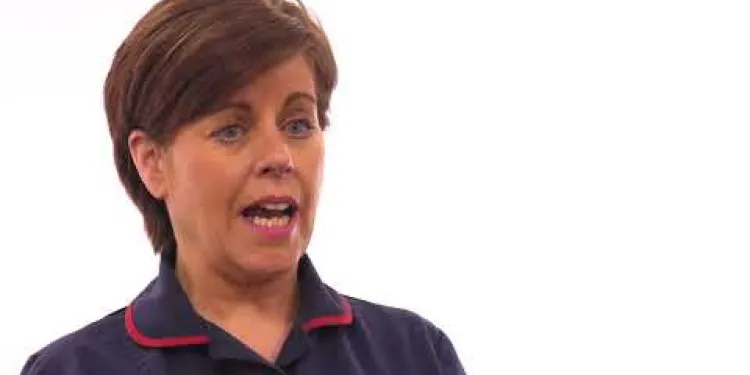
Endometrial Cancer
Relevance: 31%
-

What is cancer screening?
Relevance: 31%
-
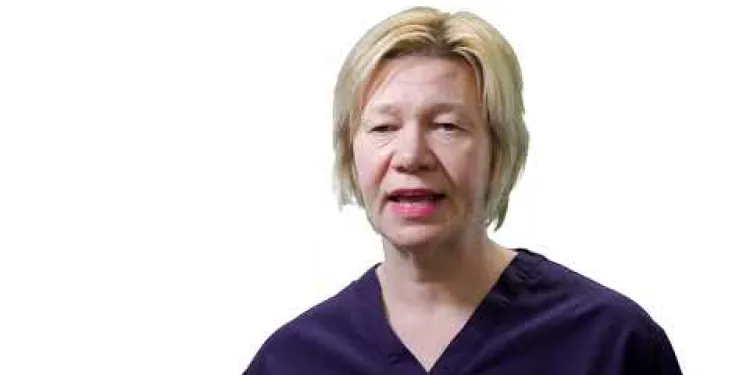
Head and Neck Cancer Diagnosis
Relevance: 31%
What are the Stages of Testicular Cancer?
Testicular cancer is a disease that primarily affects young men, though it can occur at any age. Understanding the stages of testicular cancer is crucial for determining the most effective treatment options. In the UK, as in other parts of the world, cancer staging helps doctors to assess the severity of the disease based on the size of the tumor and the extent of its spread. There are typically four main stages of testicular cancer.
Stage 0
Stage 0, also known as carcinoma in situ, is the earliest form of testicular cancer. At this stage, abnormal cells are present in the tiny tubules where sperm cells develop, but they have not yet spread beyond the testicle. Although these cells are not yet cancerous in the traditional sense, they can potentially develop into invasive cancer if not treated. Regular monitoring or surgery may be advised to prevent progression.
Stage I
Stage I testicular cancer means the cancer is still confined to the testicle. It has not spread to nearby lymph nodes or distant organs. This stage is further divided into subcategories IA, IB, and IS, which describe the extent of the tumor and presence of elevated tumor marker levels in the blood. Treatment often involves surgical removal of the affected testicle, known as an orchiectomy. Depending on specific circumstances, additional therapy like radiation or chemotherapy may be recommended to reduce the risk of recurrence.
Stage II
In Stage II, the cancer has spread to lymph nodes in the abdomen but not to distant parts of the body. This stage is divided into IIA, IIB, and IIC, based on the size of the lymph nodes and the levels of tumor markers. The treatment focus is typically on chemotherapy and radiation therapy, often supplemented by surgery to remove affected lymph nodes. Regular follow-up is essential to monitor for further spread or recurrence.
Stage III
Stage III indicates that the cancer has spread beyond the lymph nodes in the abdomen to other body parts, which might include the lungs, liver, or brain. This stage is categorized into IIIA, IIIB, and IIIC, reflecting variations in tumor spread and blood marker levels. Treatment typically involves a more aggressive approach, including higher doses of chemotherapy, potentially combined with surgery and radiation therapy. The prognosis and recovery chances can vary significantly based on the extent of the spread and response to treatment.
Conclusion
Understanding the stages of testicular cancer is vital for effective diagnosis and treatment planning. Patients should have discussions with their healthcare providers to understand their specific situation and the best course of action. Early diagnosis and intervention remain key for a favourable outcome in managing testicular cancer.
What are the Stages of Testicular Cancer?
Testicular cancer affects men, mostly younger ones. It can happen at any age. Knowing the stages of testicular cancer helps in finding the best treatment. In the UK and other places, doctors use stages to see how big the cancer is and how far it has spread. There are four main stages of testicular cancer.
Stage 0
Stage 0 is the first stage of testicular cancer. It is also called 'carcinoma in situ'. At this stage, there are bad cells in the tubes where sperm grows. These cells have not spread outside the testicle yet. These cells can turn into real cancer if not treated. Doctors might suggest regular checks or surgery.
Stage I
Stage I testicular cancer means the cancer is only in the testicle. It has not moved to other parts. Stage I is split into IA, IB, and IS. These tell us more about the cancer. Treatment usually means removing the sick testicle. This is called an orchiectomy. Sometimes, extra treatment like radiation or chemotherapy is used to stop cancer from coming back.
Stage II
Stage II means cancer has spread to the tummy area, but not far away. Stage II is split into IIA, IIB, and IIC. These depend on how big the cancer is in the tummy. Treatment usually includes chemotherapy and radiation. Sometimes surgery is needed to take out affected parts. Regular checks are important to make sure the cancer has not spread more.
Stage III
Stage III cancer has spread to other body parts like the lungs, liver, or brain. It is also split into IIIA, IIIB, and IIIC. Treatment needs to be stronger, with a lot of chemotherapy, and maybe surgery and radiation too. How well a person gets better depends on how much the cancer has spread and how they respond to treatment.
Conclusion
Knowing the stages of testicular cancer is important for choosing the right treatment. Talk to doctors to understand what is best for you. Finding cancer early and starting treatment quickly can help a lot in fighting testicular cancer.
Frequently Asked Questions
What are the stages of testicular cancer?
Testicular cancer is staged based on the spread and severity of the disease. It has three main stages: Stage I (cancer is limited to the testes), Stage II (cancer has spread to lymph nodes in the abdomen), and Stage III (cancer has spread beyond the lymph nodes, possibly to the lungs or other organs).
How is Stage I testicular cancer defined?
Stage I testicular cancer is when cancer is confined to the testis and has not spread to lymph nodes or other organs.
What signifies Stage II testicular cancer?
Stage II testicular cancer indicates that the cancer has spread to the retroperitoneal lymph nodes in the abdomen.
What characterizes Stage III testicular cancer?
Stage III testicular cancer means that the cancer has spread beyond the lymph nodes and may be present in distant organs such as the lungs or liver.
Are there substages within each stage of testicular cancer?
Yes, each main stage is divided into substages based on factors like tumor size, extent of spread, and tumor markers.
What is Stage IA testicular cancer?
Stage IA indicates that the cancer is confined to the testis with no invasion into blood vessels or lymphatics; tumor markers are normal.
Describe Stage IB testicular cancer.
Stage IB cancer has grown through the tunica albuginea or into blood vessels/lymphatics but has not spread to lymph nodes or distant sites.
What is Stage IS testicular cancer?
Stage IS means cancer might still be in the testes or has been removed, but tumor markers remain elevated indicating possible spread.
How is Stage IIA testicular cancer defined?
Stage IIA means cancer has spread to one or more abdominal lymph nodes with a maximum size of less than 2 cm.
Explain Stage IIB testicular cancer.
Stage IIB indicates cancer spread to lymph nodes, with at least one node between 2 cm and 5 cm in size.
What does Stage IIC signify?
Stage IIC cancer has spread to lymph nodes with at least one node 5 cm or larger.
Define Stage IIIA testicular cancer.
Stage IIIA means cancer has spread to distant organs, possibly the lungs, with only small elevations in tumor markers.
What does Stage IIIB mean for testicular cancer?
Stage IIIB indicates spread to distant sites with moderate levels of tumor markers.
Clarify what Stage IIIC testicular cancer is.
Stage IIIC means cancer has spread to distant sites with high levels of tumor markers or significant spread.
How are blood levels involved in staging testicular cancer?
Blood tests measure tumor markers like AFP, HCG, and LDH to help determine the stage and prognosis.
What is the TNM system in testicular cancer staging?
TNM stands for Tumor size, Node involvement, and Metastasis; it's a standardized method for classifying the extent of cancer.
Why are imaging tests used in staging testicular cancer?
Imaging tests like CT scans and MRIs help visualize the extent of cancer spread in the body.
How does the presence of seminoma or non-seminoma affect staging?
Seminoma and non-seminoma are two main types of testicular cancer that can affect treatment and prognosis but are staged similarly.
Can testicular cancer spread beyond the lungs in Stage III?
Yes, in advanced Stage III, testicular cancer can spread to organs like the brain or liver.
What is the prognosis for Stage I testicular cancer?
Stage I testicular cancer has an excellent prognosis with high cure rates, often over 95%.
What are the steps of testicular cancer?
Here is what happens in testicular cancer:
- Step 1: The cancer is only in the testicle. It has not spread anywhere else.
- Step 2: The cancer has spread to nearby areas, like the lymph nodes.
- Step 3: The cancer has spread to other parts of the body, like the lungs or liver.
It helps to ask a doctor if you have questions. You can also use pictures or videos to understand better. Talking with someone can also help.
Testicular cancer is sorted into stages. Stages show how much the cancer has spread.
There are three stages:
Stage I: The cancer is only in the testicles.
Stage II: The cancer has spread to belly area nodes, called lymph nodes.
Stage III: The cancer has moved beyond the lymph nodes. It might be in the lungs or other parts of the body.
If you find this hard to read, you can ask someone to help you. Drawing pictures or using apps can make it easier. Taking breaks and reading out loud can help too.
What is Stage I Testicular Cancer?
Stage I testicular cancer is when cancer is only in the testicle. It has not spread to other parts of the body.
If you want to learn more, you can:
- Ask a doctor or nurse to explain it to you.
- Look for simple pictures or videos about testicular cancer.
- Use a speaking device that reads text out loud.
Stage I testicular cancer means the cancer is only in the testicle. It has not moved to other parts of the body like the lymph nodes or other organs.
What does Stage II testicular cancer mean?
Stage II testicular cancer means the cancer has moved to some special glands in the belly called retroperitoneal lymph nodes.
What is Stage III Testicular Cancer?
Stage III testicular cancer is when the cancer has spread far. It might be in other parts of the body, like the lungs or liver.
Are there smaller parts in each stage of testicular cancer?
Yes, each big stage is split into smaller parts. This is based on how big the tumor is, how far it has spread, and special signs in the body.
What is Stage IA testicular cancer?
Stage IA testicular cancer is a very early stage of cancer in a man's testicles. It means the cancer is only in the testicle and has not spread anywhere else in the body.
For help understanding this, you can:
- Ask a doctor or nurse to explain it to you in person.
- Use picture books or videos that show what cancer is and how it can be treated.
- Ask questions if you are not sure about anything.
Stage IA means the cancer is only in the testicle. It has not spread to blood vessels or lymph nodes. The tumor markers, which are special signs doctors look at, are also normal.
What is Stage IB Testicular Cancer?
Stage IB testicular cancer is a kind of cancer in the testicles. It means the cancer has grown a little, but it is not too big. It has not spread to other parts of the body.
To understand this better, you can:
- Look at pictures or diagrams.
- Ask a doctor to explain it with simple words.
- Use apps that read the text aloud for you.
Stage IB cancer means the cancer has grown into the outer layer of the testicle or into nearby blood vessels. But it has not spread to other parts of the body or to lymph nodes.
What is Stage 1S testicular cancer?
Stage 1S testicular cancer means cancer is in the testicle. Some cancer cells are in blood tests. The cancer has not spread to other parts of the body.
Here are some ways to help understand:
- Use pictures to show where the cancer is.
- Ask someone to read it with you.
- Talk to a doctor or nurse for more help.
Stage IS means the cancer might still be in the testicles or has been taken out, but there are signs it might have spread.
What Does Stage IIA Testicular Cancer Mean?
Stage IIA testicular cancer is a way to describe a kind of cancer that starts in the testicles. It's a way to say how much the cancer has spread.
Here is what Stage IIA means:
- The cancer has moved from the testicle to nearby lymph nodes in the belly. Lymph nodes are small lumps that help your body fight infections.
- The cancer in the lymph nodes is usually small, about less than 2 cm big.
If you or someone you know has Stage IIA testicular cancer, it’s important to talk to a doctor. They can help explain more about the cancer and the treatment options.
You can also use pictures and diagrams to help understand what is happening in the body.
Stage IIA means the cancer has moved to one or more small glands in the belly. These glands are called lymph nodes. The cancer lumps are smaller than 2 cm, which is about the size of a pea.
If you're finding this hard to read, here are some tips:
- Ask someone to read it aloud with you.
- Try using a text-to-speech tool that reads text aloud.
- Highlight or underline important words.
- Take breaks to rest your eyes.
What is Stage IIB Testicular Cancer?
Stage IIB testicular cancer means the cancer has spread. It is in the testicles and also in small areas called lymph nodes in the belly. These nodes help fight germs.
If you need help, ask a doctor or nurse to explain. You can also look at pictures or videos to understand better. Talking with family or friends can be helpful too.
Stage IIB means the cancer has moved to the lymph nodes. At least one of these nodes is between 2 cm and 5 cm big.
What does Stage IIC mean?
Stage IIC is a way to describe a cancer. It tells how much cancer has grown. It can help doctors decide the best treatment.
You can use pictures or videos to help understand more about Stage IIC. You can also ask a doctor for more help.
Stage IIC cancer means the cancer has moved to small parts in the body called lymph nodes. At least one of these nodes is 5 cm big or bigger.
What is Stage IIIA testicular cancer?
Stage IIIA testicular cancer is when the cancer has spread to other parts of the body. This can mean the cancer has moved to the lungs or lymph nodes far from the testicle.
To help you understand better, you can:
- Use pictures or diagrams. They can show you where the cancer is in the body.
- Ask someone you trust to explain it in their own words. This can help make it clearer.
- Use simple words to talk about cancer. This makes it easier to understand.
Stage IIIA means the cancer has moved to other parts of the body, maybe the lungs. But, the cancer markers are only a little bit higher.
What is Stage IIIB testicular cancer?
Stage IIIB means the cancer has spread far in the body. The levels of some special chemicals in the blood, called tumor markers, are not too high but in the middle.
What is Stage IIIC Testicular Cancer?
Stage IIIC testicular cancer is a type of cancer that happens in the testicles. Testicles are part of the male body and make sperm.
When cancer is at Stage IIIC, it means that:
- The cancer has spread to other parts of the body, like the lungs or brain.
- There might be large tumors or high levels of tumor markers (special signs of cancer in the blood).
Doctors will need to do special tests to understand the cancer and decide on the best treatment.
Tools like pictures, videos, and simple charts can help understand more about this stage of cancer.
If you have questions, a doctor or nurse can help explain more.
Stage IIIC means cancer has spread to far parts of the body. There are a lot of cancer cells, or the cancer has spread a lot.
How do blood levels help doctors understand testicular cancer?
Blood tests check for special signs, called tumor markers, in the blood. These signs have names like AFP, HCG, and LDH. They help doctors understand how bad the cancer is and what might happen next.
What is the TNM System for Testicular Cancer?
The TNM system is a way to tell how much cancer there is in the body. It helps doctors understand how serious the cancer is and what treatment is needed.
- T stands for Tumor: How big is the tumor?
- N stands for Nodes: Has the cancer spread to the lymph nodes?
- M stands for Metastasis: Has the cancer spread to other parts of the body?
If you find this hard to understand, try using tools like simple videos or talking to a doctor who can explain it to you.
TNM is a way to talk about cancer size and spread. It stands for Tumor size, Node involvement, and Metastasis. Doctors use this to know how big the cancer is, if it has reached the lymph nodes, and if it has spread to other parts.
Helpful tools:
- A dictionary to understand new words.
- Talk to a doctor for clear answers.
- Use drawings or diagrams to see how TNM works.
Why do doctors use pictures to look at testicular cancer stages?
Pictures from special machines like CT and MRI scans show how much cancer is in the body.
How do seminoma and non-seminoma change staging?
Staging shows how much cancer is in the body. Staging helps doctors make a plan.
There are two types of cancer called seminoma and non-seminoma. The type can change the staging.
Helpful tools:
- Ask a doctor to explain using simple words.
- Draw a picture to show where the cancer is.
- Use online videos for easier explanations.
Testicular cancer comes in two main types: seminoma and non-seminoma. These types can change how doctors treat you and what they think might happen with the illness, but doctors use the same stages to describe both types of cancer.
Can testicular cancer move past the lungs in Stage III?
Testicular cancer is a type of cancer in the testicles. It can grow and move to other parts of the body.
Stage III means the cancer is more serious. It has already moved to other body parts.
Yes, in Stage III, testicular cancer can move beyond the lungs. This means it might spread to areas like the liver or brain.
If you have questions, ask a doctor. They can explain and help you understand better.
Using picture guides or videos can be helpful too. They show what happens in simple ways.
Yes, testicular cancer can sometimes spread. This happens when it is Stage III. It might spread to other parts of the body, like the brain or liver.
What will happen if I have Stage I testicular cancer?
Stage I testicular cancer means the cancer is just in the testicle and has not spread.
Most people get better with treatment. This means they can be cured.
Your doctor will help you understand what to do next. You may have an operation or other treatments.
It can help to talk to someone you trust about how you feel.
If you need more help, you can:
- Ask your doctor questions.
- Read simple books about testicular cancer.
- Ask a friend or family member to help explain things.
Stage I testicular cancer is very treatable, and most people get better. More than 95 out of 100 people are cured.
Useful Links
- Ergsy carfully checks the information in the videos we provide here.
- Videos shown by Youtube after a video has completed, have NOT been reviewed by ERGSY.
- To view, click the arrow in centre of video.
- Most of the videos you find here will have subtitles and/or closed captions available.
- You may need to turn these on, and choose your preferred language.
- Go to the video you'd like to watch.
- If closed captions (CC) are available, settings will be visible on the bottom right of the video player.
- To turn on Captions, click settings .
- To turn off Captions, click settings again.
More Items From Ergsy search
-

What are the stages of testicular cancer?
Relevance: 100%
-

What is testicular cancer?
Relevance: 75%
-

What is testicular cancer?
Relevance: 75%
-

Is testicular cancer treatable?
Relevance: 75%
-

What is the survival rate for testicular cancer?
Relevance: 74%
-

What is testicular cancer?
Relevance: 72%
-

Can testicular cancer spread to other parts of the body?
Relevance: 68%
-

How is testicular cancer diagnosed?
Relevance: 67%
-

Can testicular cancer recur after treatment?
Relevance: 66%
-

What types of treatments are available for testicular cancer?
Relevance: 65%
-

What are the symptoms of testicular cancer?
Relevance: 65%
-

Is fertility affected by testicular cancer?
Relevance: 65%
-

How common is testicular cancer?
Relevance: 65%
-

What causes testicular cancer?
Relevance: 64%
-

Who is at risk for testicular cancer?
Relevance: 64%
-

What role do tumor markers play in testicular cancer?
Relevance: 63%
-

Getting to know your Testicles: Testicular Cancer Awareness with Dr James Howarth, Spilsby Surgery
Relevance: 61%
-

Are there support groups for those affected by testicular cancer?
Relevance: 59%
-

How is the stage of bowel cancer determined?
Relevance: 57%
-

Can lifestyle changes help prevent testicular cancer?
Relevance: 56%
-

How can I perform a testicular self-exam?
Relevance: 47%
-

When should I see a doctor about potential testicular cancer?
Relevance: 39%
-

What is Cancer?
Relevance: 36%
-

What are the stages of Alzheimer's disease?
Relevance: 35%
-

What is the survival rate for bowel cancer?
Relevance: 35%
-

What is colorectal cancer?
Relevance: 34%
-

Stage One Paperwork | UK Adoption Journey
Relevance: 34%
-

Living with early stage kidney disease
Relevance: 34%
-

What is Pancreatic Cancer?
Relevance: 34%
-

Endometrial Cancer
Relevance: 34%
-

Endometrial Cancer
Relevance: 33%
-

Ovarian Cancer
Relevance: 33%
-

Vaginal Cancer
Relevance: 32%
-

What factors determine the treatment plan for prostate cancer?
Relevance: 32%
-

What is a seminoma?
Relevance: 32%
-

What is Prostate Cancer?
Relevance: 31%
-

Vulval Cancer
Relevance: 31%
-

Endometrial Cancer
Relevance: 31%
-

What is cancer screening?
Relevance: 31%
-

Head and Neck Cancer Diagnosis
Relevance: 31%


